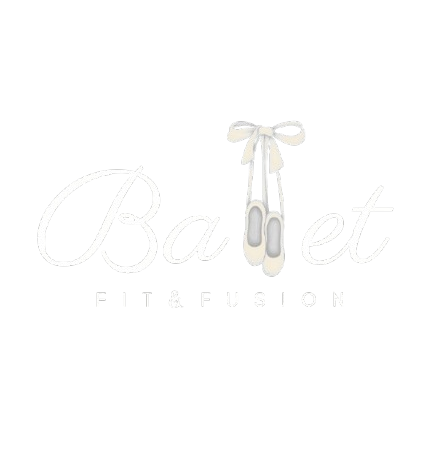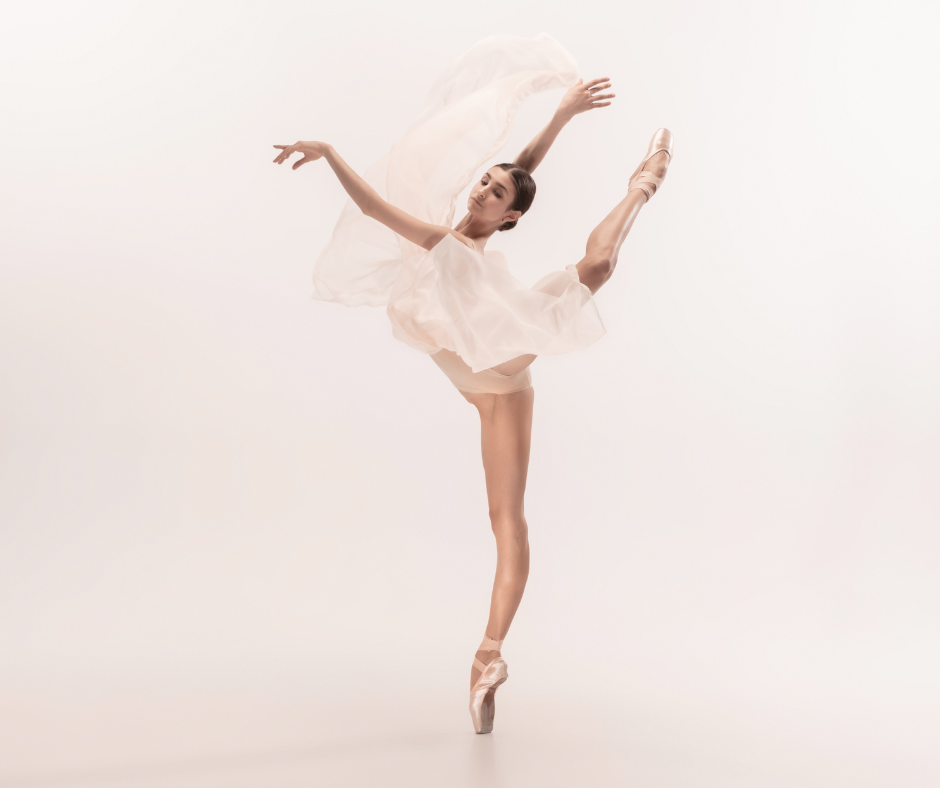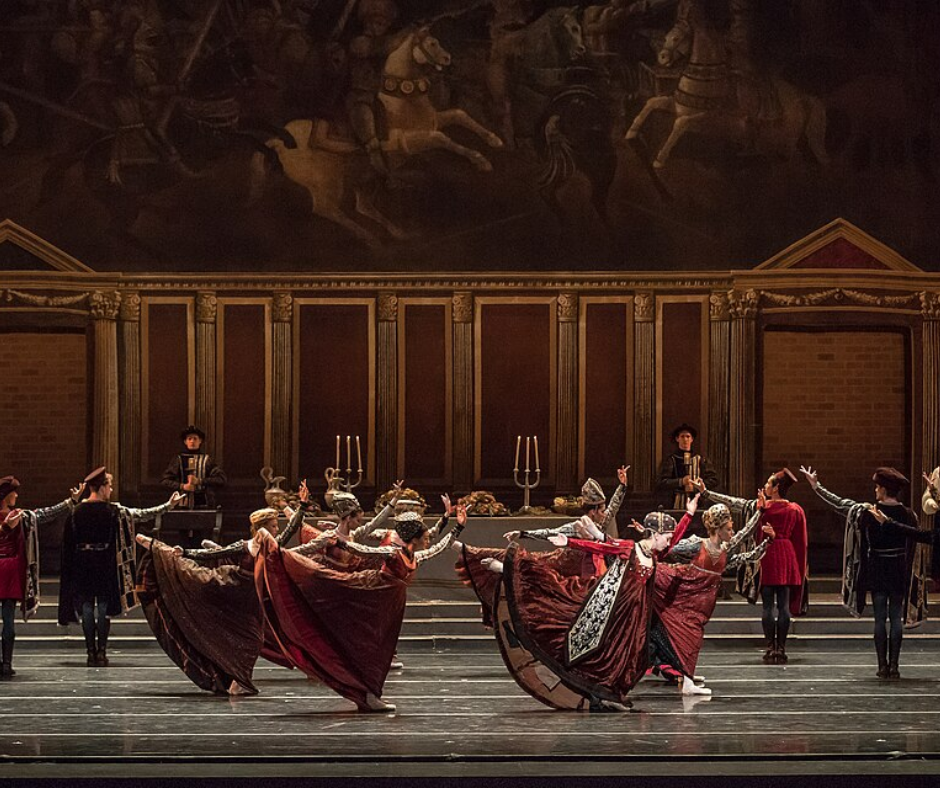Ballet’s hardest turns
Ballet is filled with movements that look effortless on stage, but demand years of practice to master. Among the most breathtaking are piqué en tournant, grand pirouette à la seconde and grand fouetté en tournant. Each one combines athletic control with elegance. They appear again and again in famous ballets, creating some of the most breathtaking moments on stage. Let’s take a loot at how these turns work, where they appear in ballet and how dancers master them.
1. Piqué en Tournant
The word piqué means “to prick” and it describes a sharp, deliberate step where the dancer transfers weight onto a straight leg with energy. From this base, the working leg can sweep into positions like arabesque, attitude or retiré. One of the most popular variations is the piqué en tournant where the dancer steps onto pointe or demi-pointe and spins gracefully. The key is posture, spotting and calm arms that stabilize the upper body.
On stage, “piqué en tournant” bring flow and travel, creating sweeping sequences that feel joyful and expansive. They appear in countless works including the movement in “Swan Lake” Pas de trois. To refine these turns, dancers should keep them light and musical, extending fully through the toes and lengthening the back. The energy should project forward with flow, rather than staying contained in one spot. Done well, piqués become more than just turns, they are pure momentum transformed into grace.
2. Grand Pirouette à la seconde
The grand pirouette à la seconde is a striking extension of this idea, where the working leg remains stretched out to the side in second position during the turns. This variation tests not only balance, but also endurance and precision. The supporting leg must remain strong and grounded, the hips square and level, and the extended leg turned out so it doesn’t drift forward or back.
This dazzling turn is often used to showcase strength and authority in demanding male and female variations, such as in Le Corsaire or Don Quixote. To improvise and enhance its impact, dancers can experiment with the phrasing of their arms letting them breathe with the music instead of holding them stiff and with the projection of the extended leg, which should radiate energy outward like a spotlight. The challenge is to combine force with stillness, making each rotation feel both powerful and effortless.
3. Grand Fouetté en Tournant
The word fouetté means “whipped,” describing the sharp action where the working leg whips to 90 degrees in the air to generate force for a turn. A basic fouetté turn involves extending the leg directly to the side in one version, and another version from front to the side and then whipping it back into through a retiré as the dancer turns. The arms open and close in harmony with the legs, creating rhythm and stability.
The “grand fouetté en tournant” is the larger, more virtuosic version, most famously showcased in the 32 fouettés performed by Odile in Swan Lake. Here, the dancer repeatedly whips the leg to 90 degrees à la seconde during each turn, then pulls it back into retiré to prepare for the next. The supporting leg must remain rock solid, while the torso stays lifted and centered to sustain momentum. To bring artistry into this technical feat, dancers can play with musicality, building suspense with controlled rotations, then thrilling the audience with bursts of speed. Refinement comes from strength at the barre, where slow, deliberate fouetté drills teach stability before the fireworks of stage performance.
The power of practice
Each of these turns appear across the great classical repertoire. For dancers, these are technical challenges, while for audiences they’re thrilling highlights. What makes them unforgettable is not just the mechanics of spinning. It is the way dancers shape them with elegance, strength and musicality. With patience and repetition, these turns grow from difficult exercises into moments of stage magic. They reveal ballet’s unique power to merge athletic skill with timeless beauty.
And if you are part of the “Ballet Fit & Fusion” class, you’ll have the chance to explore these turns yourself. You will learn not only how to perform them, but how to enjoy their artistry in your own dancing. 🎀


